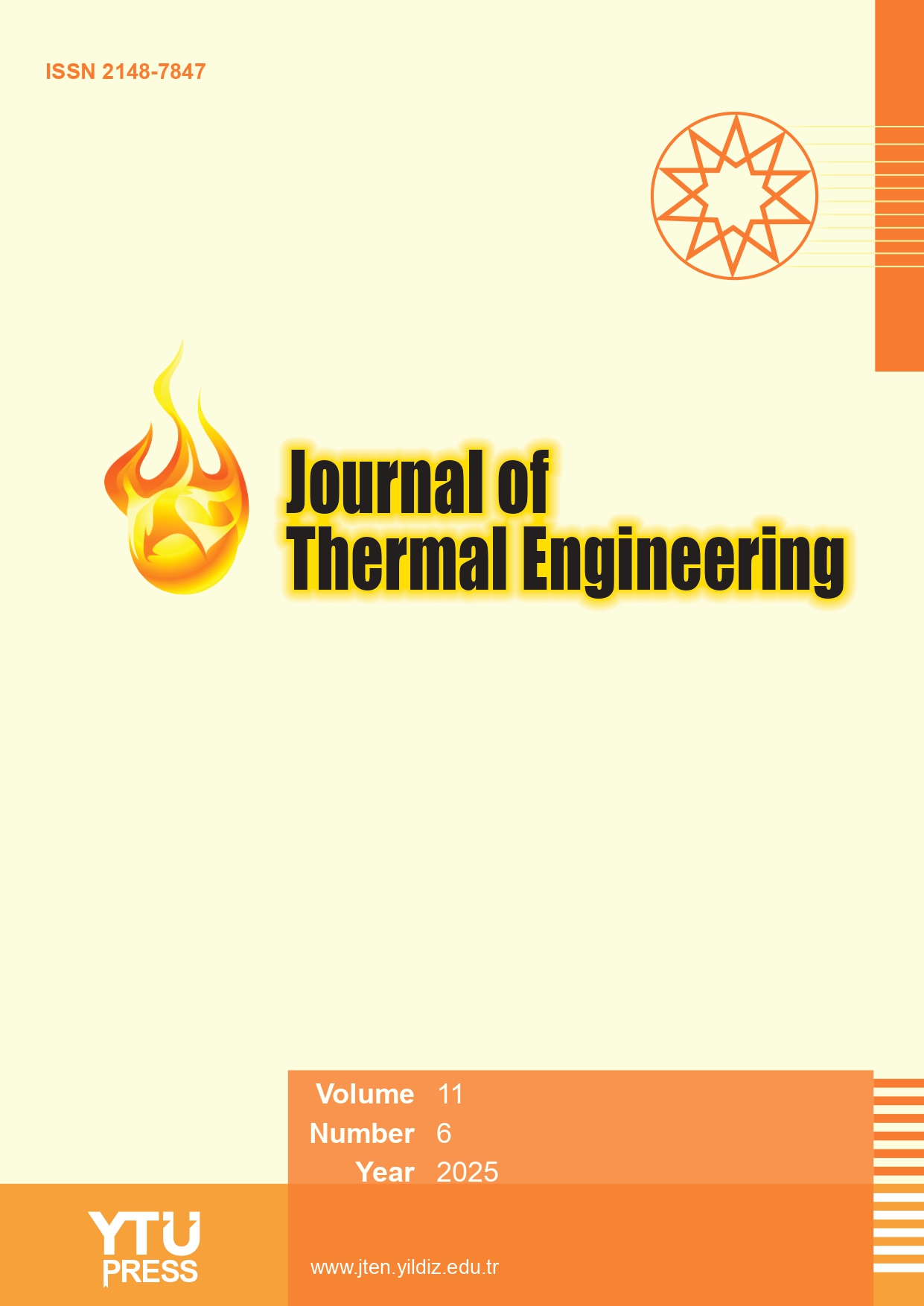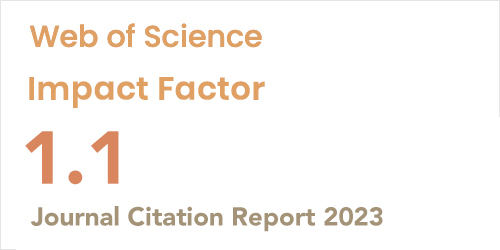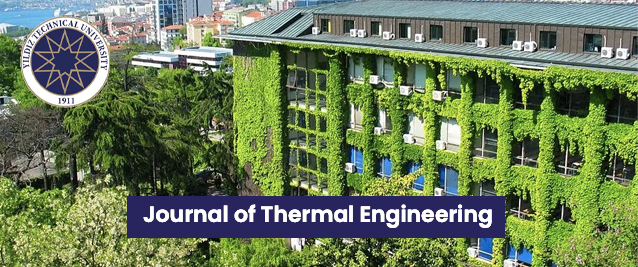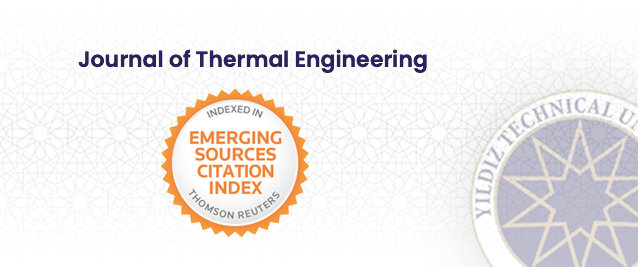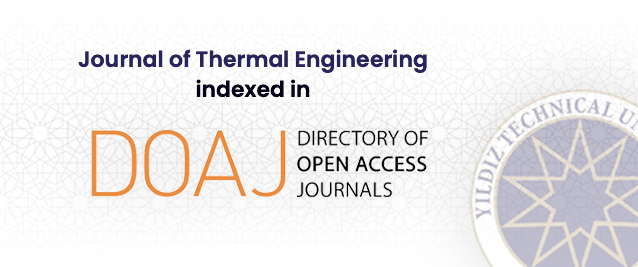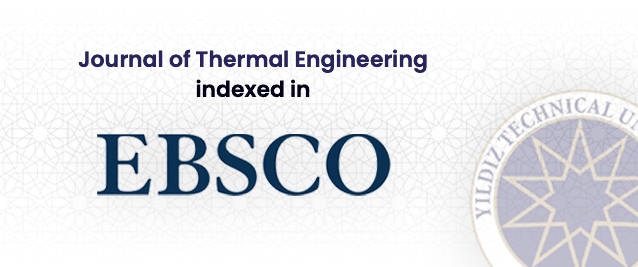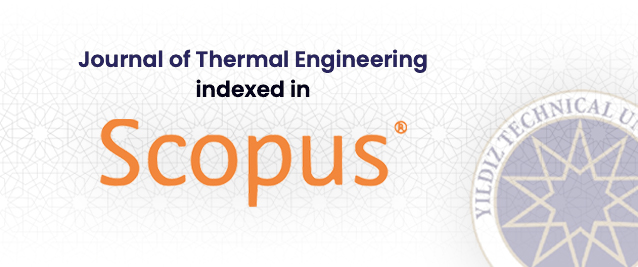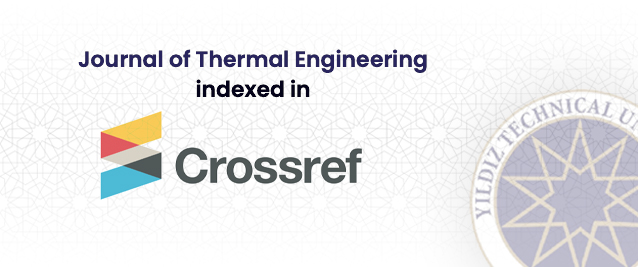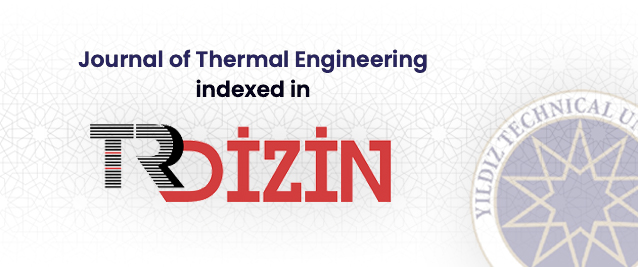Abstract
Contemporary launch vehicles of the past few decades primarily implement liquid rocket en-gines, which in turn employ cryogenic propellants stored in sub-zero conditions in highly sophisticated cryogenic storage tanks. These tanks are usually deprived of any thermal insula-tion in order to prioritize the payload capacity, and thus they are prone to a substantial amount of heat in-flux that leads to a rise in the temperature of the cryogenic liquid, leading to ther-mal stratification. This paper presents a comprehensive review of the various factors affecting the rate of thermal stratification in cryogenic propellant storage tanks, along with numerous experimental and numerical techniques developed for controlling or mitigating this stratifi-cation through geometrical modifications, varying surface properties, and bubbling of gases through the bulk liquid. Out of the techniques reviewed, simple geometrical modifications showed substantial results, with ribs reducing stratification by up to 30%. On the other hand, complex techniques like bubbling of gases destratified the bulk liquid within 25 to 35 s. A spe-cial focus has also been placed on reviewing the numerical modelling and simulations of this phenomenon, particularly those developed in recent years.


